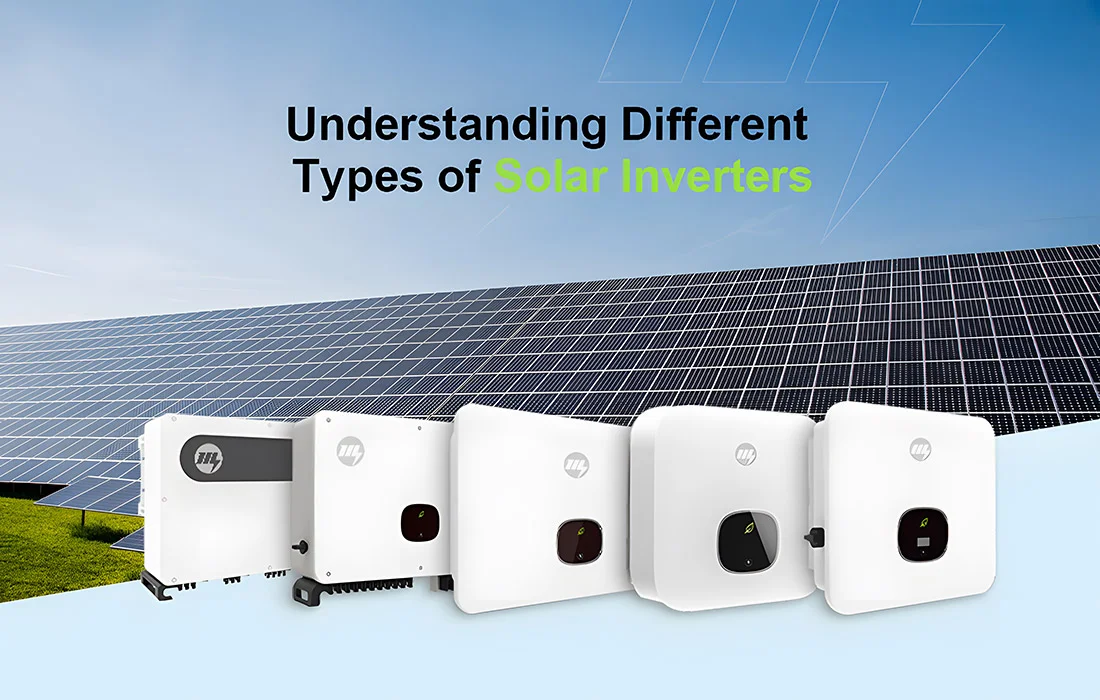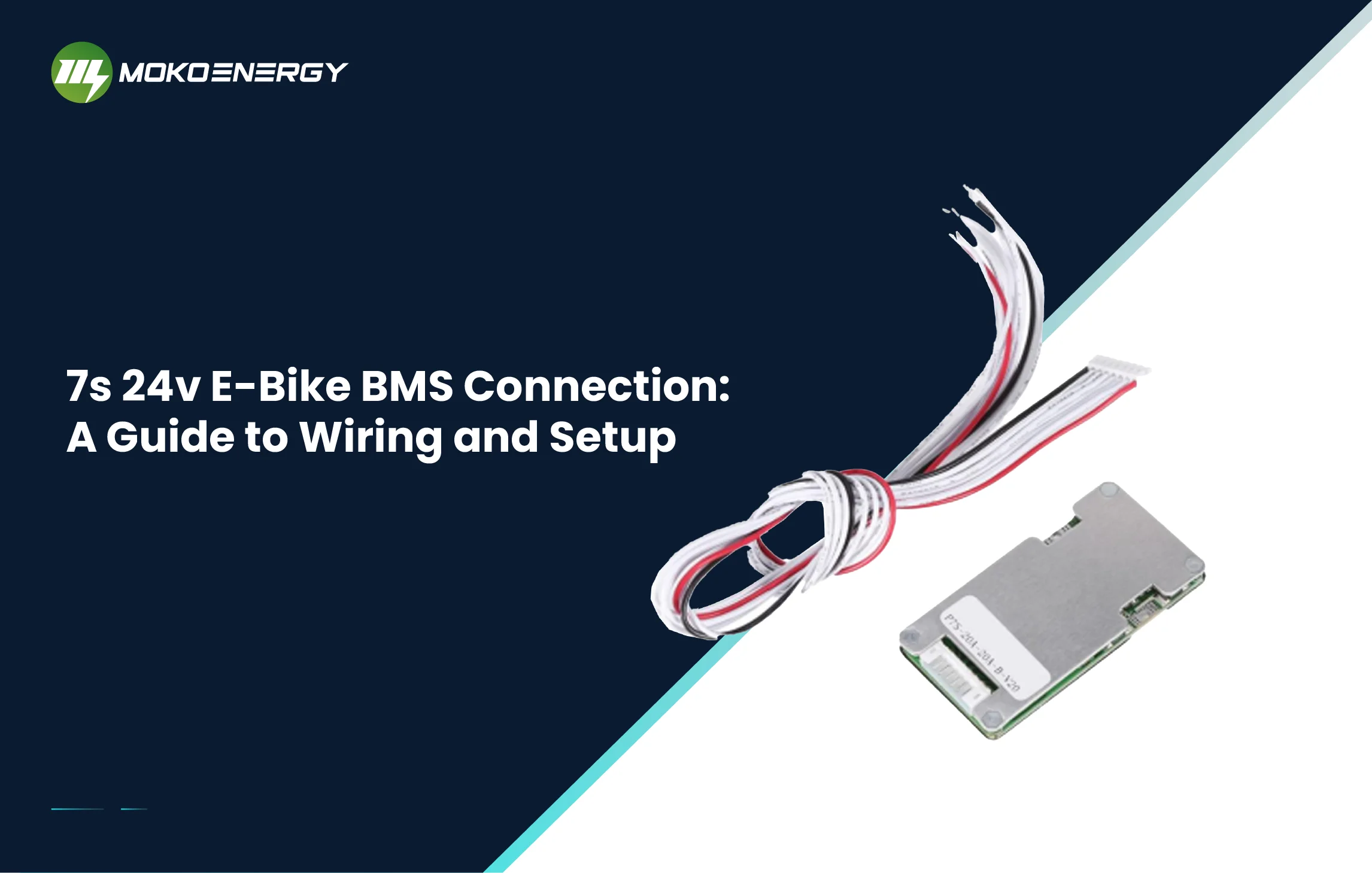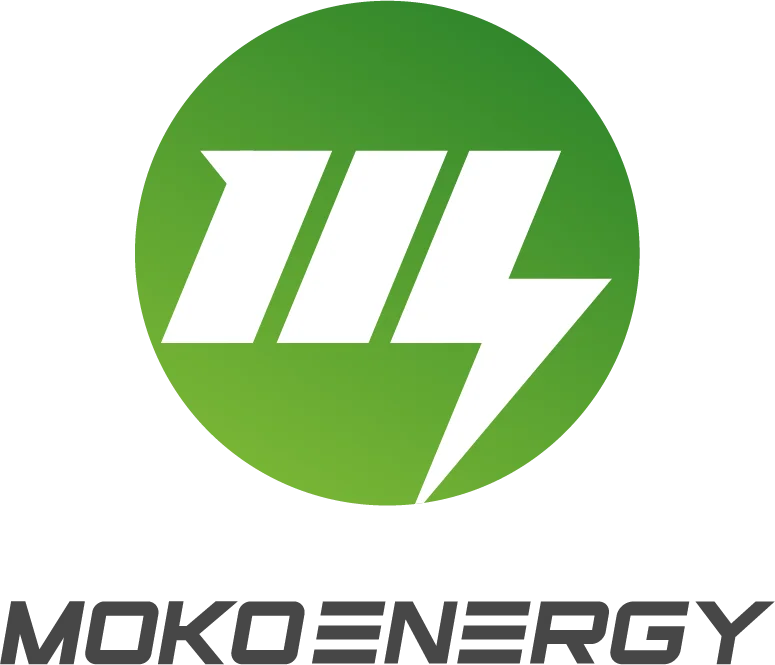As an important part of a solar energy system, the main function of a solar inverter is to convert the DC generated by solar panels into AC power so that it can be used by the power grid or household appliances. With the development of solar energy technology and the popularization of its application, the types of solar inverters have become increasingly diversified.
What is a Solar Inverter?
Solar inverters are electrical devices that convert the DC produced by solar panels into AC. Most home appliances and commercial buildings use AC power. Without an inverter, the energy generated by solar panels cannot be utilized by appliances and equipment designed to run on AC power. So solar inverters are very important in solar energy systems. They ensure the seamless integration of renewable energy into our daily lives, bridging the gap between solar panels and our electrical needs. With a wide range of inverter types available, understanding their differences and making clear their classification base is helpful for you to choose a suitable one. The right solar inverter can help you maximize the efficiency and longevity of your solar power system.
Learn the Types of Solar Inverters Based on Different Aspects
Following we will help you understand the solar inverter types based on these aspects:
- Output waveforms
- Power level
- Application fields
- Grid connection methods
- Control methods
A. Types of Solar Inverters Based on Output Waveforms
The output waveform of a solar inverter determines the quality and compatibility of the AC power it produces. Here are the three main types:

- Sine Wave Inverters: These inverters produce a pure sine wave output, which closely resembles the AC waveform supplied by the utility grid. Sine wave inverters are ideal for sensitive electronic devices and appliances, ensuring optimal performance and preventing damage. It is suitable for various household appliances and commercial purposes.
- Modified Sine Wave Inverters: As the name suggests, these inverters generate a modified sine wave output, which is a stepped approximation of a pure sine wave. While suitable for most household appliances, they may cause interference or compatibility issues with some sensitive electronics. Because it has a certain distortion, some equipment that does not have high requirements on power quality can use it.
- Square Wave Inverters: These inverters produce a square wave output, which is a basic and less efficient waveform. Although it is cheaper, it has greater distortion and is not suitable for all household appliances. Square wave inverters are typically used for simple, low-power applications. We usually do not recommend them for sensitive electronic devices.
| Inverter Type | Waveform | Advantages | Disadvantages |
| Sine Wave | Pure sine wave | Ideal for sensitive electronics, efficient | More expensive |
| Modified Sine Wave | Stepped approximation | Less expensive, suitable for most appliances | Potential interference with sensitive devices |
| Square Wave | Square waveform | Inexpensive, simple | Inefficient, not suitable for sensitive electronics |
B. Types of Solar Inverters Based on Power Level
Solar inverters come in different power capacities to accommodate various system sizes and energy requirements. The three main types based on power level are:
- Micro Inverters: Installed directly on individual solar panels, converting DC to AC at the panel level. Micro inverters offer excellent performance monitoring and optimization for each panel, making them suitable for residential and small-scale commercial installations.
- String Inverters: String inverters are like building blocks that you can connect. They work as a team to make a lot of electricity. We call it “string” because we set them up in a line, kind of like how we line up panels in a row. This setup spreads out across the solar field. They are a cost-effective solution for medium-sized residential and commercial solar systems.
- Central Inverters: As the name implies, central inverters are large, high-capacity units that handle the combined output of an entire solar array. Central inverters are bigger than string inverters. We call them central inverters because they gather up the electricity from long rows of panels in one spot, instead of spreading out as the string inverters do. They are typically used in utility-scale and large commercial solar installations, offering economies of scale and centralized control.
C. Types of Solar Inverters Based on Application Fields
We use solar inverters according to specific application needs, ensuring optimal performance and efficiency in various settings:

- Residential Solar Inverters: For residential solar installations, offering user-friendly features, easy installation, and compact designs. These inverters typically range from 1 kW to 10 kW in capacity and may include features like WiFi connectivity and mobile app integration.
- Commercial Solar Inverters: Designed for larger-scale commercial and industrial applications, these inverters offer higher power capacities, advanced monitoring capabilities, and robust construction. We use them in solar systems in commercial buildings, office buildings, and other places to provide stable AC power.
- Utility-Scale Solar Inverters: For massive solar power plants and utility-scale installations, utility-grade inverters are employed. These large-capacity units can handle megawatt-scale power generation with greater stability and reliability. It also features advanced grid support capabilities, high efficiency, and extensive monitoring and control capabilities.
D. Types of Solar Inverters Based on Grid Connection Methods
Solar inverters can be classified based on their grid connection methods, which determine how they interact with the utility grid and manage energy storage:
- Grid-Tied Inverters: These inverters are designed to connect directly to the utility grid, allowing excess energy generated by the solar system to be fed back into the grid. Grid-connected inverters need to comply with relevant regulations and standards to ensure the safety and stability of the power grid. We divide grid-tied inverters into:
- With Battery Backup: These inverters have energy storage capabilities, which can provide backup power in case of grid outages or during peak demand periods.
- Without Battery Backup: These inverters do not include energy storage and rely solely on the grid for backup power.
- Off-Grid Inverters: Also known as “stand-alone inverters,” these devices are designed to operate independently of the utility grid. They are responsible for storing the electricity from the solar power system in batteries, which are then converted into AC power by an inverter for use by consumers. Off-grid inverters are used in areas without grid coverage or where an independent power supply is required.
- Hybrid Inverters: As the name suggests, hybrid inverters offer the best of both worlds by combining grid-tied and off-grid capabilities. They can seamlessly switch between grid-connected and off-grid modes, ensuring uninterrupted power supply and efficient energy management.
E. Types of Solar Inverters Based on Control Methods
Solar inverters employ various control methods to optimize energy conversion and system performance:
- Manual inverter: Users need to manually switch the working state, and cannot realize automatic control.
- Automatic inverter: With intelligent control functions, it can automatically switch the working state according to the grid condition and user’s demand, and improve the efficiency of energy utilization.
How to Select the Right Solar Inverter?
Above we have talked about the diverse classifications of solar inverters in detail and learned that different types of inverters are suitable for different application scenarios and needs. When choosing a solar inverter, you should select the appropriate type and specification according to the specific application environment and equipment needs. Here are some key factors to consider:
- System Size: The inverter’s power capacity should match the size of your solar array to ensure efficient energy conversion and prevent over or underloading.
- Location: Consider environmental factors like temperature, humidity, and altitude, as they can impact inverter performance and durability.
- Energy Needs: Assess your energy consumption patterns and determine whether you require backup power or energy storage capabilities.
- Budget: While higher-quality inverters may have a higher upfront cost, they often offer better efficiency, longer lifespan, and lower maintenance costs in the long run.
- Solar Panel Characteristics: Ensure compatibility between the inverter’s specifications and the voltage and current outputs of your solar panels for optimal system performance.
- Efficiency and Reliability: Look for inverters with high-efficiency ratings and reputable warranties to maximize energy yield and minimize downtime.
MOKOEnergy’s Solutions for Solar Inverters
At MOKOEnergy, we offer a wide range of inverter solutions tailored to meet the diverse needs of residential, commercial, and utility-scale solar installations. Our inverters have cutting-edge technologies and incorporate features such as:
- Advanced MPPT algorithms for maximum energy yield
- High-efficiency ratings and low energy losses
- Robust construction and weather-resistant enclosures
- Remote monitoring and control capabilities
- Seamless grid integration and energy storage options
With a commitment to quality, innovation, and customer support, MOKOEnergy’s solar inverters are the reliable products you need to ensure optimal performance and longevity for your solar energy system. Take the first step towards a sustainable future by exploring MOKOEnergy‘s offerings and unleashing them.
Read More






